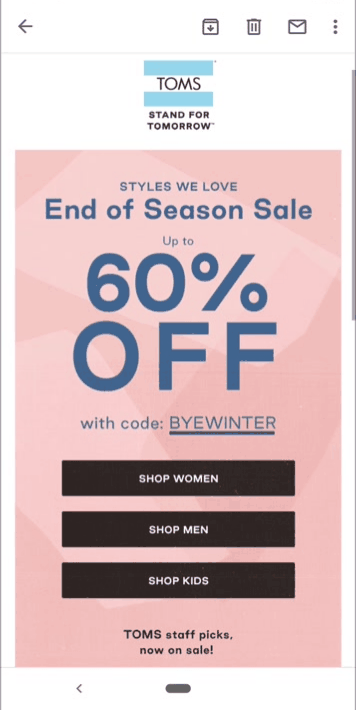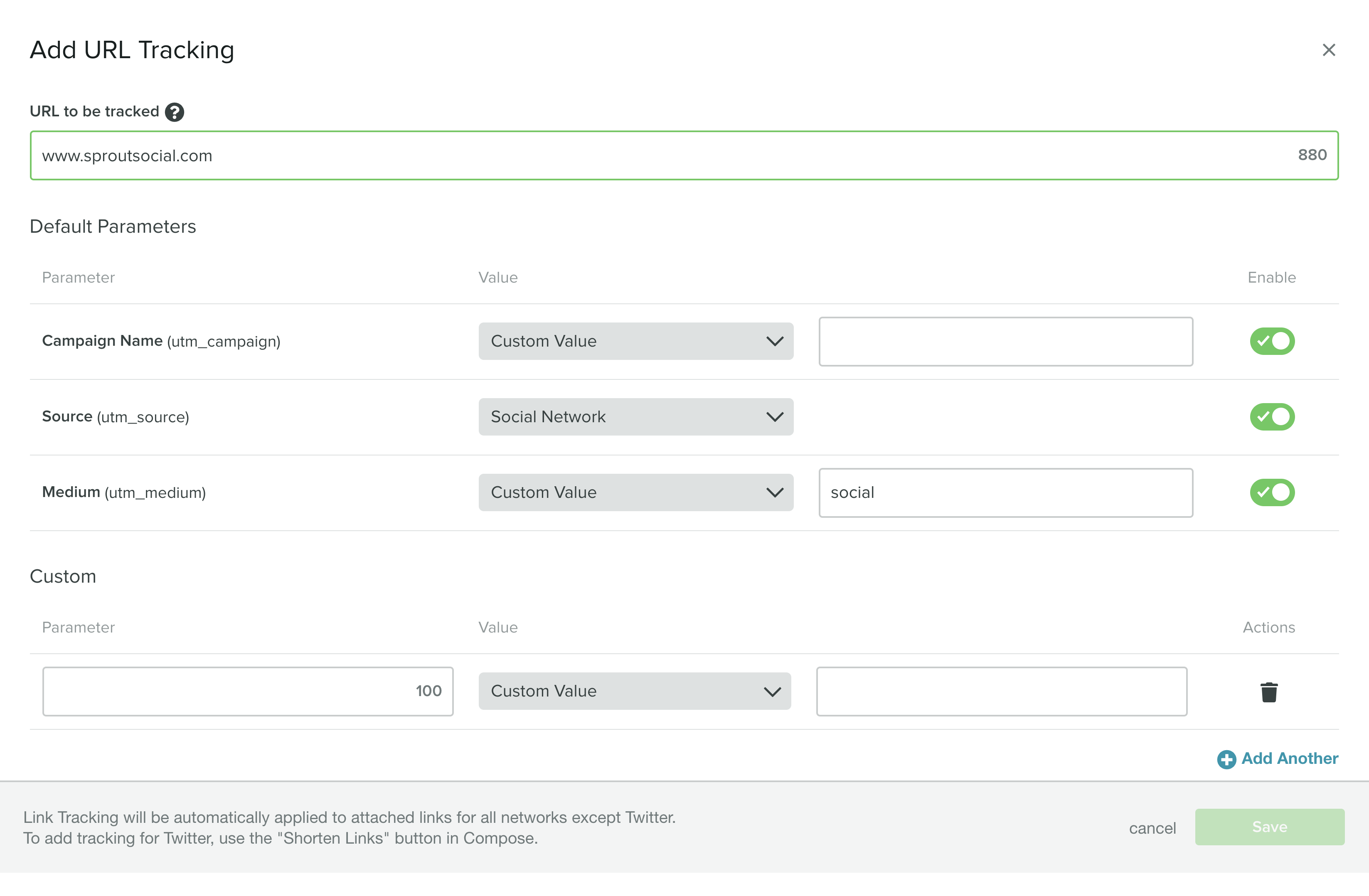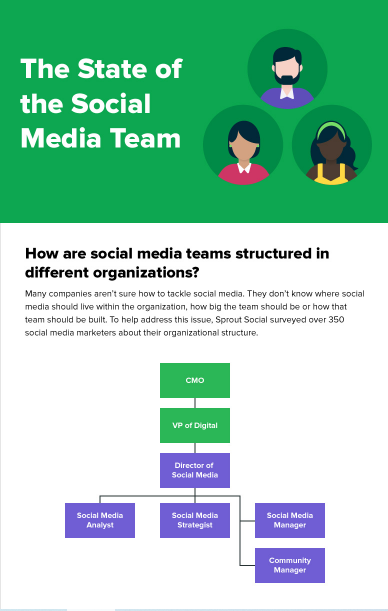As a social media professional, presentations are an inevitable part of your job and a vital part of your career growth. If that gives you nervous butterflies, not to worry! Honing your presentation skills takes time, patience and practice.
Presentations can be a challenge, but they’re also an opportunity. Whether you’re presenting a new social strategy, proving the ROI of a campaign or pitching business to a new client, the basics of successful presentation are the same. Follow these tips (and use this template) to create a compelling social media presentation that keeps your audience engaged from start to finish.
Do your research
The first and most important part of any presentation is research. It’s the backbone of the story you’ll be telling. Rather than heading to Google and scouring the web blindly, use these questions to guide your research:
What’s your focus and objective?
You don’t usually just give a social media presentation for kicks and giggles. Perhaps you’re trying to get executive buy-in for a new social tool, or you want to pitch a new strategy to your social team. Whatever your focus may be, your presentation should be mission-driven, intentional and working toward a solution.
Some of that research may come from digging into your previous social efforts. Find concrete examples of social posts that worked in the past to support future goals and projects. Uncover content gaps and growth opportunities by listening to your audience. Hone in on your KPIs and look for markers of social proof and ways to assign value to your insights.
Pulling in proof-points and data to support your thesis is important but don’t lose your focus. Use your research to narrow in on two to three key takeaways that will ground your presentation.
Who is your audience?
Research for your presentation shouldn’t be limited to your topic. You’ll need to do a bit of research on your audience as well. Who you’re speaking to should inform why and how you’re speaking to them.
If you work in-house and represent a single brand, chances are you’ll be presenting internally to peers and leaders that know you, your work and background on your topic. But social media marketers that work in an agency have different challenges that likely require a bit more research.
If you’re pitching a social media plan to a new client, a deep understanding of their brand, industry and business needs is crucial. Beyond their brand background, you’ll need to narrow in on the client’s pain-points, who their competitors are, their current social strategy and more.
Create your deck
Just as social media connects us to a wider world, so do stories. Great storytelling in your presentation will help keep your audience captivated from start to finish.
The “deck” you’ll be presenting acts as the outline for your story arc and your slides are your illustrations. Use this free, customizable social media presentation template to create a polished slide deck.
As you begin building and customizing your presentation, keep these best practices in mind to avoid presenting like Michael Scott.

Introduce yourself and your agenda
There’s a common piece of advice for speakers that goes, “Tell them what you’re going to tell them. Tell them. Then, tell them what you told them.” Following this framework will help set expectations with your audience and make sure you start and finish with impact.
At the beginning of your presentation, add a slide introducing yourself and any presenting partners. After that, include an agenda slide that gives a high-level overview of your presentation.
Consider also sharing your agenda ahead of time. This gives stakeholders an opportunity to respond with preliminary notes that could help you tweak your presentation so that it’s aligned with their expectations. This also gives your audience time to prepare questions ahead of time.
Start with a hook
Engaging your audience early on in your presentation will help hold their attention throughout. With a good hook, you’ll lure people in and intrigue them from the get-go. A few of the most popular examples include shocking statistics, rhetorical questions, an interesting anecdote and inspirational quotes.
Make slides succinct
Each slide you present should be simple, focused and void of unnecessary distractions. According to Paul Jurczynski, a TED Talk coach and cofounder of Improve Presentation, “The golden rule is to have one claim or idea per slide. If you have more to say, put it on the next slide.”

Use colors with a purpose in mind
In many cases, your presentation should incorporate the color schemes found within your agency or brand style guide. For example, let’s say you’re giving a social media presentation to a new customer or client on behalf of an agency. The audience may not know you as an individual, but they have an existing relationship with your brand. Colors and fonts are a simple way to set off those brand recognition triggers and remind your audience that you’re a subject matter expert.
If you’re going to branch out, your colors need purpose. Consider the emotions associated with colors. For instance, people associate yellow with warmth and energy, whereas red is often associated with excitement and passion. No matter what color scheme you choose, it should be consistent throughout your presentation.
Incorporate data visualization
Social media marketing presentations often come down to proving ROI for stakeholders. Data visualization like graphs and charts are a compelling way to make your case.
In data journalist David McCandless’s TED talk, he explains that the beauty of data visualization is that “that we can see the patterns and connections that matter and design that information so it makes more sense, it tells a story, or allows us to focus only on the information that’s important.”

Don’t get bogged down in mapping out every single data point you uncover during your research. The best graphs are simple graphs with takeaways that are easy to spot. Try highlighting key numbers or data points by using color, bolding or another visual treatment that makes them pop, like the example above from the Sprout Social Index.
Show your work
It’s a social media marketing presentation, so naturally, you should share examples of your work on social media. Pull in screenshots of successful social posts to show how your tactics have worked for the brand(s) you represent.
Wrap it up with a call-to-action
A powerful CTA always ties back to your original goal and encourages an action your audience can take once your presentation is over. Essentially, it’s your way to serve up a final take away and leave the ball in your audience’s court.
Plan your delivery
You’ve done your research, you’ve created your deck, now it’s time to plan your delivery. With the right approach, tone, prompts and pacing, your presentation could be about “nothing” and still be compelling. Just watch as Will Stephens does this masterfully.
Generate emotional responses
As the great Maya Angelou once said, “People will forget what you said, people will forget what you did, but people will never forget how you made them feel.” Data points and numbers are great but hitting points that generate an emotional response is even better.
For example, if you’re pitching to new clients about growing their social communities and you’ve grown a social audience by say, 50% in the last six months, that’s incredible! Don’t be afraid to share your excitement.
Not every point of your story is going to be exciting. Decide what emotions you want to tap into ahead of time. Are you trying to inspire, inform, engage or entertain your audience? The best presentations combine a little bit of each.
Pump the brakes
While you may feel the need to get through everything as quickly as possible, don’t be afraid to pump the brakes. A lot of people tend to speed up when they’re nervous. Nerves are normal, just remember to slow down, enunciate and take deep breaths.
Take a few moments throughout your presentation to check in with your audience throughout the presentation so they can ask questions or have a point clarified if necessary. If the people you’re presenting to aren’t familiar with an industry term or social media metric, they may need a bit more explanation.
Work out the kinks ahead of time
Practice, practice, practice. Don’t just skim through your deck. Treat your practice runs like they’re the real thing. If possible, present to a friend or coworker you trust to give honest, constructive feedback. The more you rehearse, the more confident and comfortable you’ll feel.
You’ve finished your presentation, but you’re not finished yet. After you present, send your audience and any stakeholders the final deck, remind them about next steps and action items that came out of the presentation, and finally, thank them for their time.
Are you ready to create your next social media presentation? Use our free social media presentation template to get started.
This post Knock your next social media presentation out of the park originally appeared on Sprout Social.
from Sprout Social https://ift.tt/2Vqipug
via IFTTT

































